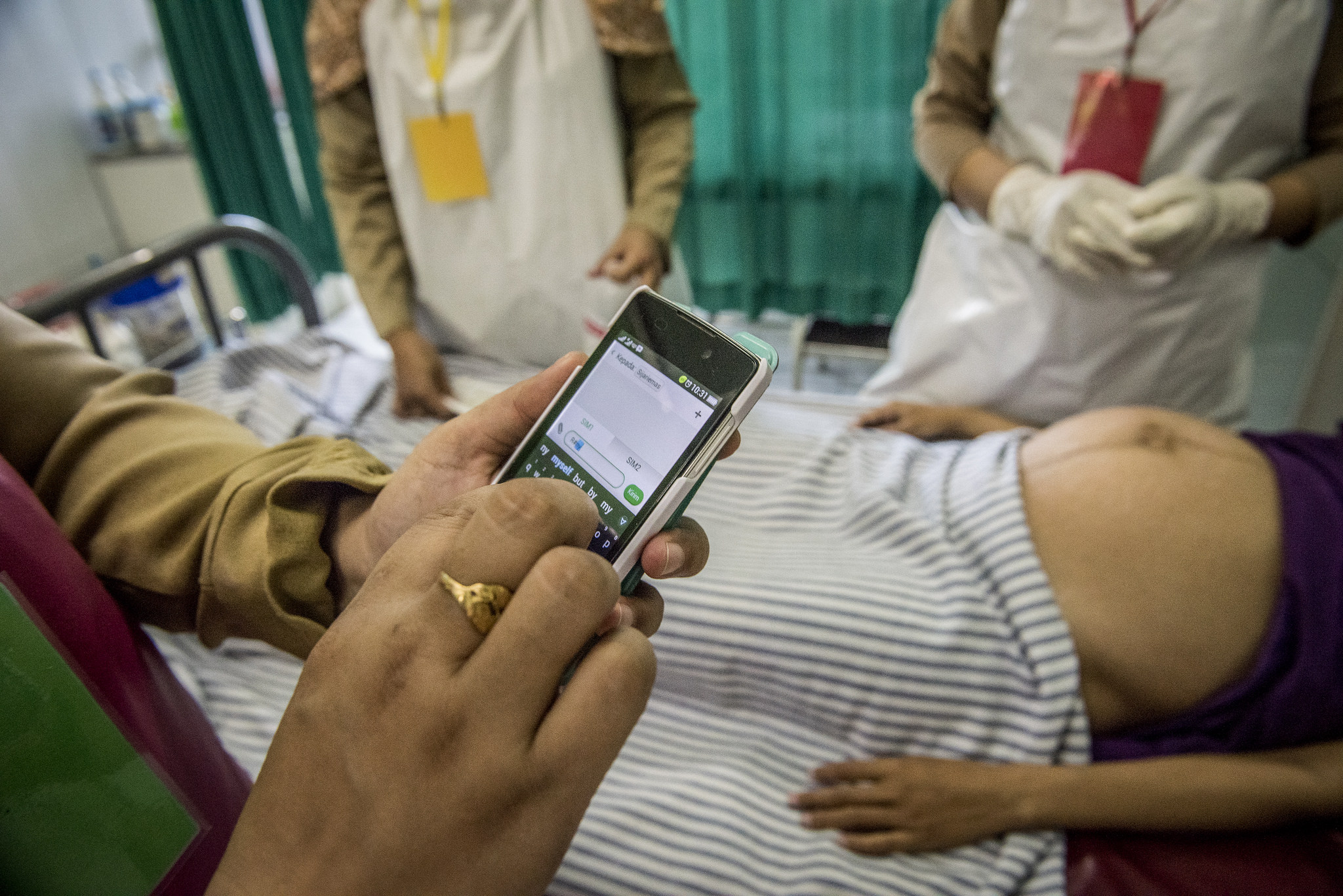This blog was originally featured on the mPowering website.
Each month, mPowering partners compile our top five articles, videos, and resources related to mHealth, global health, and technology for development. This month, Kierra Ross of USAID’s flagship Maternal and Child Survival Program, shares her top five reads and resources:
Article: An Enduring Commitment to Health Workers Global Health and Diplomacy Magazine
Using new data-driven tools, companies are helping health workers improve their decision-making abilities. With the ultimate aim of improving the health outcomes of the populations they serve, companies like Johnson & Johnson are working to ensure that existing data is being used – and needed data is being sought – to amplify the effectiveness of the global health workforce.
Presentation: The Anatomy of Success: Tanzanian Voluntary Medical Male Circumcision Program, Maternal and Child Health Integrated Program
This presentation details the efforts of the Tanzanian Voluntary Medical Male Circumcision Program and its mission to achieve an 80% male circumcision level in Tanzania. Take a moment to look over the presentation to see what worked for the first few male circumcision campaigns of the program, and to see what new findings and improvements they will be taking forward in order to reach their goal.
Article: The Global Financing Facility: A Pathfinder For Post-2015 Financing For Development Global Health and Diplomacy Magazine
The child mortality rate in low-income countries is more than 15 times higher than in high-income countries. This article explores the future of financing, implementing, and measuring reproductive, maternal, newborn, child, and adolescent health initiatives. The authors give specific focus to the strengthening of developing countries’ civil registration and vital statistics systems.
Despite efforts by the Government of Ghana to address a shortage of health care workers—midwives in particular—the number of newly licensed midwives achieving licensure was still not meeting the country’s needs. A study was conducted to examine the feasibility of implementation of eLearning content in midwifery schools. Browse this report to learn more about the study results.
Article: The Potential Impact of Informatics on Maternal Health: A Global Perspective, Healthcare Information and Management Systems Society
An overwhelming majority of pregnancy-related deaths occur in developing countries. This article explores how two programs—MomConnect in South Africa and the Safer Deliveries project in Tanzania—work to deliver more effective care to expecting mothers. Take five minutes to read this article and learn how investing in technology and informatics can help reduce the number of preventable maternal deaths.

